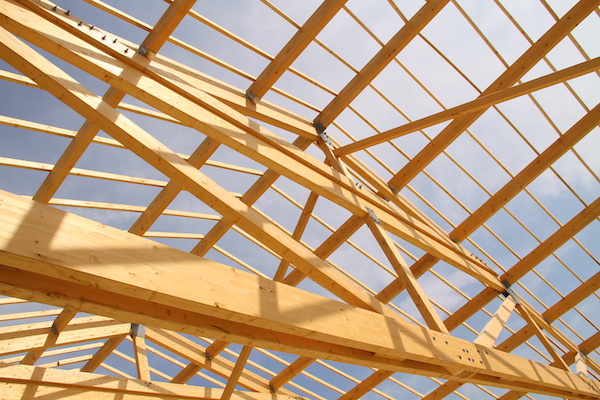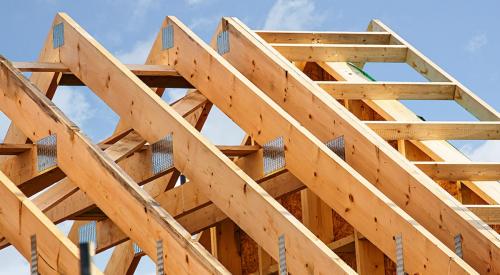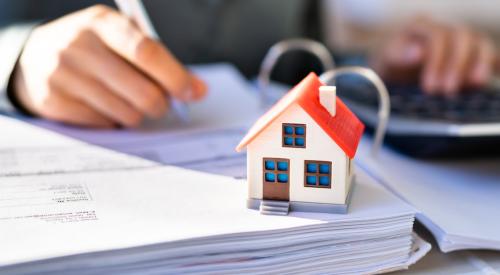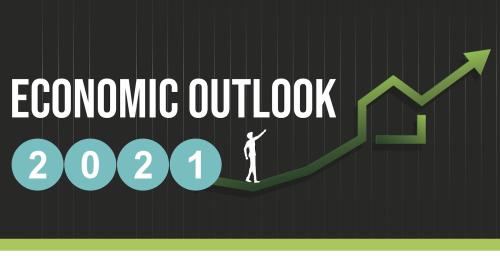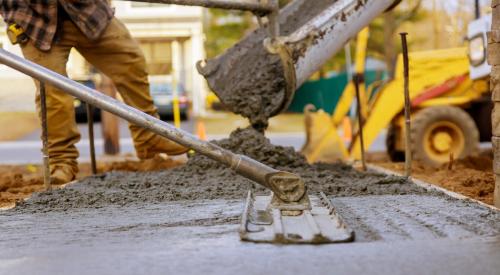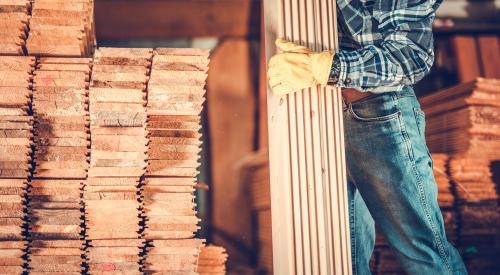Rising softwood lumber prices means rising home prices. NAHB estimates single-family home prices have increased by $14,116 since April 17 due to lumber prices alone. For multifamily homes, prices increased by $5,322. Any builder could understand why—lumber is needed for a home’s structural framing, flooring, walls, ceilings, doors, porches. The list goes on and on. NAHB considers all plywood, OSB, particleboard, fiberboard, and more to fall under the softwood lumber category. But it does not end there as NAHB predicts that the buyer’s price of lumber will increase by an additional 19.2%.
Builders do not in general buy lumber directly from sawmills, but from an intermediate wholesaler or retailer—often a lumber yard (see Buying Products for Home Building & Remodeling: Who and Where). For that reason, sawmill prices are marked up by “gross margin as a percent of sales” for the “lumber and other construction materials” industry, as reported in the U.S. Census Bureau’s Annual Wholesale Trade Tables, to better reflect the price builders pay.
Softwood lumber is also an input into certain manufactured products that are subsequently used in residential construction. These products are typically marked up by the manufacturer before being sold to a lumber yard or other intermediary. To account for the manufacturer’s margin, sawmill prices for the lumber in these products are further marked up by the percent difference between receipts and cost of goods in the “wood product manufacturing” industry, as reported in the IRS Returns of Active Corporations tables. In the average home, this applies primarily to cabinets, windows, doors and trusses.
